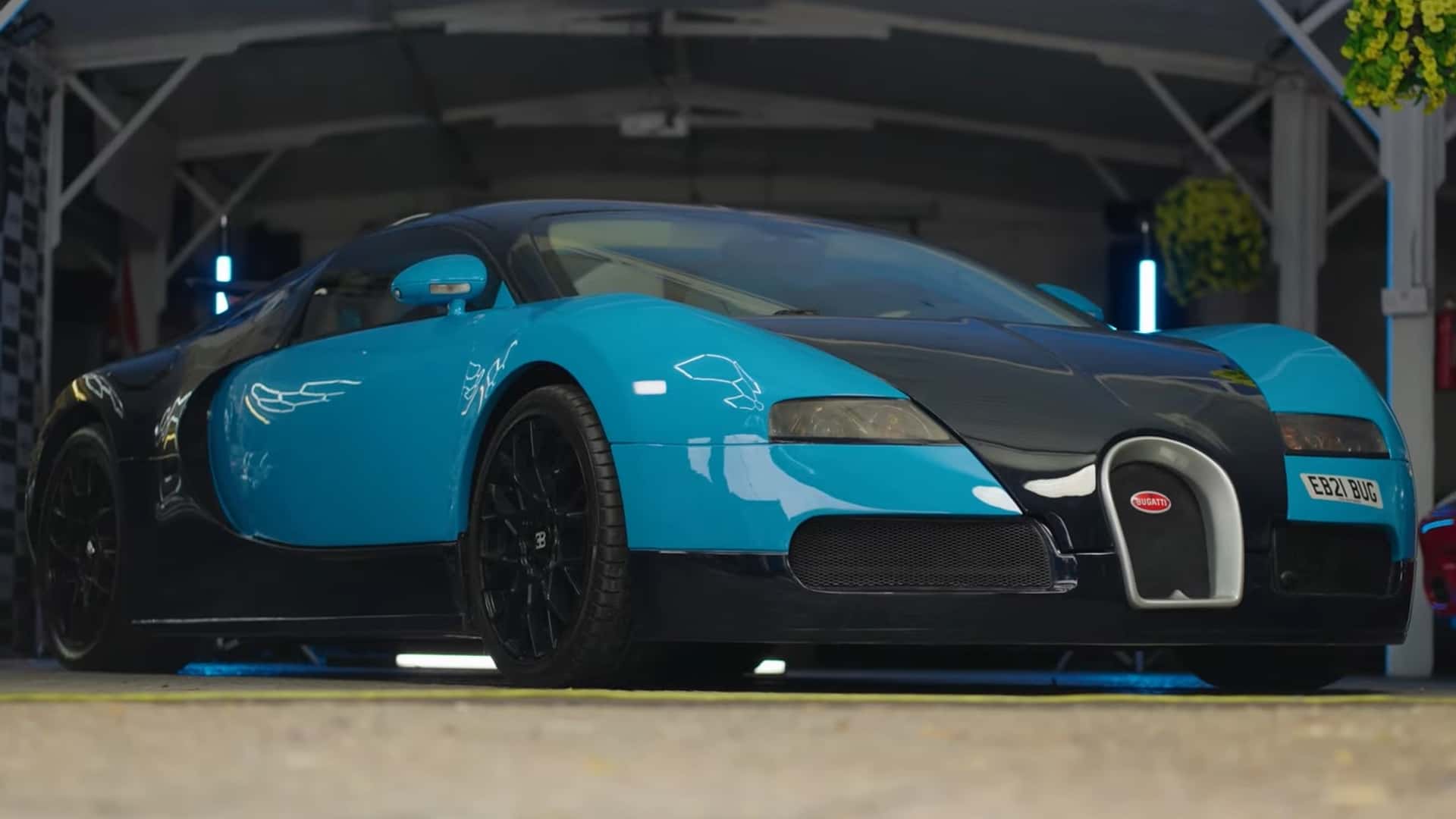Bugatti produced a limited run of 450 Veyrons, but the vehicle in question here is not part of that exclusive lineup. Typically, replicas are fashioned by stripping the original body panels from existing cars and substituting them with custom counterparts designed to emulate the authentic model. This process often results in peculiar proportions that inadvertently reveal the imposter’s true identity. However, this particular supercar mimicry takes a distinctive route, incorporating a specially crafted chassis.
At first glance, to the untrained eye and without close inspection, this creation bears a resemblance to a Veyron. Notably, it features a 3D-printed engine cover that faithfully replicates the W16, based on a 3D scan of an actual quad-turbo 8.0-liter engine. Yet, beneath the surface, it conceals a twin-turbo 4.2-liter V8 sourced from a first-generation Audi RS6 (C5).

Generating 444 hp and 428 lb-ft (580 Nm), it falls short of the original Veyron’s power output by more than half. A unique touch borrowed directly from a genuine Veyron is the slightly cracked windshield, salvaged from one of the vehicles manufactured in Molsheim, France.
While the exterior achieves a commendable effort in replicating Bugatti’s EB110 successor, the same cannot be said for the interior. The luxurious leather that adorns a Veyron’s cabin is replaced here with a collection of hard plastics. The oversized EB logo on the steering wheel is deemed tacky, and elements such as the gear selector and certain switchgear are borrowed from a more commonplace Audi.
The climate controls trace their lineage to a 2000s vehicle bearing the Four Rings, and the aftermarket JVC radio falls short of meeting the standard. The attempt to mimic the Veyron’s shape introduces some downsides to the driving experience, including worrying blind spots and less-than-ideal outward visibility through the original Veyron windscreen.
Nevertheless, considering it was a one-man effort spanning seven years, during which £350,000 or about $444,000 at current exchange rates were invested, this is an overall commendable build. Its current estimated value is £150,000, equivalent to $190,000. For this sum, one could acquire an authentic supercar, such as a low-mileage Audi R8.

